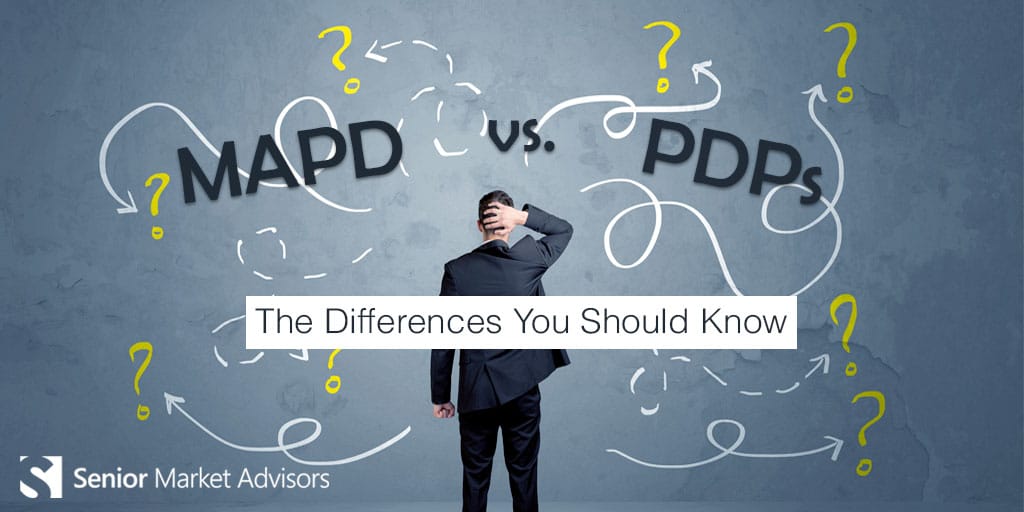Consumer Costs for Original Medicare in 2017
Health care costs rise by about 5% every year. The rising cost of living and an increase in health care problems that require expensive care are inevitable. Last year, standard premiums for Medicare Part B were $121.80. This year, Part B premiums are $134.
Explaining these costs and why some people pay more for Medicare than others can be tricky. The standard premium rate is determined based on rising rates from the previous year and is adjusted according to current and previous income.
These are the standard costs for Original Medicare plans in 2017, simplified:
2017 Part A Costs
If you’re paying a premium for Part A, it will be pricey, but premium-free plans are readily available for most people. You are eligible for a premium-free Part A if you:
- Paid Medicare taxes before retiring (or your spouse did)
- Had a Medicare-eligible government job (or your spouse did)
- Receive or can receive Social Security or Railroad benefits
- Are under 65 but have received Social Security or Railroad benefits for at least two years
- Are under 65 but have End-Stage Renal Disease and qualify
Otherwise, the standard Part A premium in 2017 is $413/month; unless you have paid Medicare taxes for more than 30 quarters, in which case the standard is $227.
With Part A, you will have a deductible/coinsurance for hospital stays of any length. There is a standard $1,316 deductible per period, with an additional $329 coinsurance for days 61-90 of the benefit period and $658 for every day after.
2017 Part B Costs
According to the Medicare website, with the standard rate of $134/month for Part B, those receiving social security benefits will pay closer to $109 (automatically deducted from social security payments). Those with high incomes (above $85,000) will pay anywhere up to the maximum of $428.60 per person.
Late enrollment fees may be higher than you think. The penalty fee does not go away; it remains for as long as someone is enrolled in Part B. It could be along the lines of 10% for each year that they were eligible for Part B but did not sign up. Once they are late, they most likely have to wait for the general enrollment period. As costs are rising, it is increasingly important to remind clients that they need to sign up within their eligible period.
Part B also requires a deductible of $183/year. After the deductible is met, beneficiaries typically pay 20% of the costs for doctor visits, medical equipment, and outpatient therapy.



